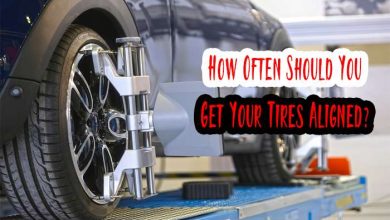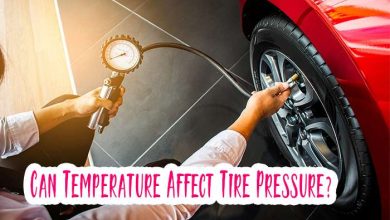I Want To Replace One Tire | Should I Do or Not
Have you ever found yourself in a dilemma, staring at a lone worn-out tire and wondering, “Can I just replace one tire?” As a tire aficionado, I understand the confusion that surrounds this question.
Let’s embark on a journey to demystify the intricacies of tire replacement, exploring the significance of balanced tires and when it’s appropriate to replace a single tire.
While it is technically possible to replace just one tire, it is generally not recommended. Replacing all four tires simultaneously ensures that your car has the best possible traction and handling, and it can also help extend your tires’ life.
The Significance of Balanced Tires
Before delving into the ‘one tire or not’ debate, let’s appreciate the significance of balanced tires. Picture your car as a finely tuned orchestra and each tire as a musician playing a crucial role.
When your tires are balanced, your car performs harmoniously, providing a smooth and stable ride.
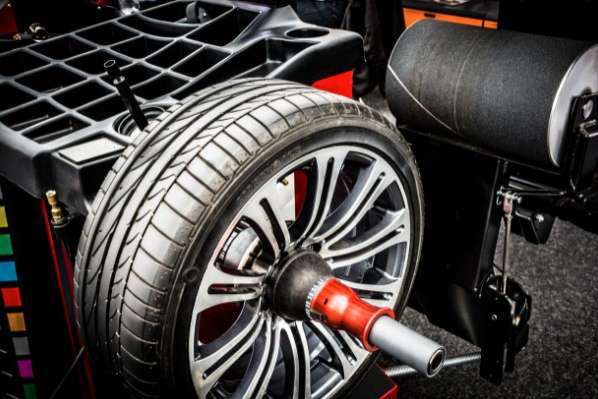
Read More: Can Broken Glass Pop a Tire?
Why Balance Matters:
- Enhanced Performance: Balanced tires contribute to improved handling and overall performance.
- Extended Tire Life: Balancing helps distribute wear evenly, prolonging the life of your tires.
- Fuel Efficiency: A balanced set of tires ensures optimal fuel efficiency, saving you money in the long run.
Can I Just Replace One Tire?
Yes, you can just replace one tire on your car, but it is generally not recommended. Replacing just one tire can cause several problems, including:
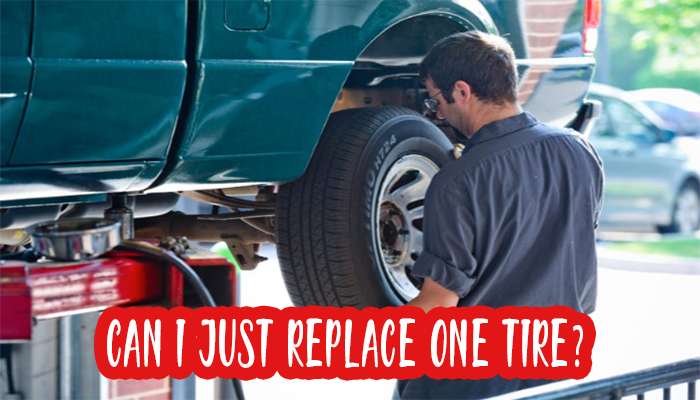
- Uneven tread wear: When you have mismatched tires, the tire with the most tread will bear more of the vehicle’s weight, which can cause it to wear down more quickly. This can lead to premature tire failure and affect your car’s handling.
- Pulling or vibration: If the new tire has a different size or tread depth than the other tires, it can cause your car to pull to one side or vibrate. This can be dangerous, especially at high speeds.
- Damaging your car’s drivetrain: If you have an all-wheel drive or a four-wheel drive, replacing just one tire can damage your car’s drivetrain. This is because the different tire sizes can cause the wheels to rotate at different speeds, which can strain the transmission and axles.
For these reasons, it is generally recommended that you replace all four tires simultaneously. This will ensure that your tires are evenly matched, and your car handles properly.
However, if you can only afford to replace one tire, there are a few things you can do to minimize the risks:
- Match the new tire to the other tires as closely as possible. This means getting the same size, brand, and tread pattern.
- Have the new tire installed on the rear axle. This is because the rear axle is less likely to cause pulling or vibration than the front axle.
- Have your car’s alignment checked. This will ensure that your tires are all aligned properly, which can help to reduce uneven wear.
When to Replace a Single Tire?
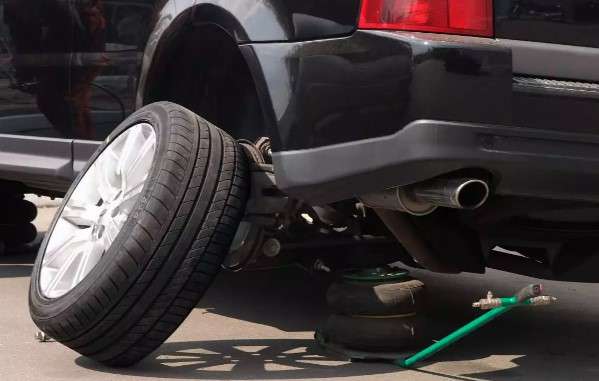
Timing is crucial when contemplating tire replacement. If you notice signs of uneven wear, damage, or a puncture in one tire, replacing it promptly is a wise decision.
Addressing issues early can prevent further damage and maintain the equilibrium among your tires.
Read More: Are Off Road Tires Good for Snow?
Indicators for Single Tire Replacement:
- Visible Damage: Cracks, bulges, or sidewall damage warrant immediate replacement.
- Tire Puncture: A swift replacement is necessary if a tire is irreparably punctured.
- Uneven Wear: Examine your tires regularly for uneven tread wear, signaling potential issues.
Proactive tire replacement ensures your vehicle operates at its best, promoting safety and longevity.
Balancing and Aligning Tires
Don’t overlook the importance of balancing and aligning once you decide to replace one or more tires. Balancing ensures even weight distribution, preventing vibrations and uneven wear.
Aligning, however, ensures your wheels are correctly positioned, enhancing steering and handling.
The Importance of Balancing and Aligning:
- Smooth Ride: Balanced and aligned tires provide a smoother and more comfortable ride.
- Safety First: Properly aligned tires reduce the risk of accidents and improve overall road safety.
- Cost Savings: Regular balancing and alignment can extend the lifespan of your tires, saving you money in the long term.
Investing in balancing and aligning your tires is a small price to pay for a safer and more enjoyable driving experience.
Conclusion
In the intricate dance of tire maintenance, the question of whether you can replace just one tire is nuanced. Understanding the significance of balanced tires, knowing when to replace a single tire, and acknowledging the risks involved are crucial steps toward making an informed decision.
As you navigate the labyrinth of tire replacement, share your thoughts, ideas, and projects with fellow enthusiasts. The road to well-maintained tires is a collaborative journey, and your experiences might just be the inspiration someone needs.
Reference Link
https://www.millerautoplaza.com/stuck-with-a-flat-tire-heres-how-to-change-a-tire-in-10-steps/
Glossary
- Tread Depth: The vertical measurement between the top of the tread rubber and the bottom of the tire’s deepest grooves.
- AWD (All-Wheel Drive): A drivetrain system powers all four wheels simultaneously, enhancing traction and stability.
- Balancing: The process of ensuring equal weight distribution among a set of tires and wheels.
- Alignment: Adjusting the angles of the wheels to the manufacturer’s specifications for optimal vehicle performance.



